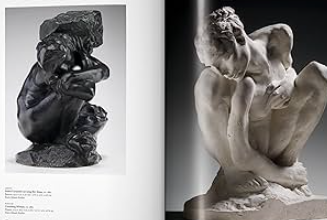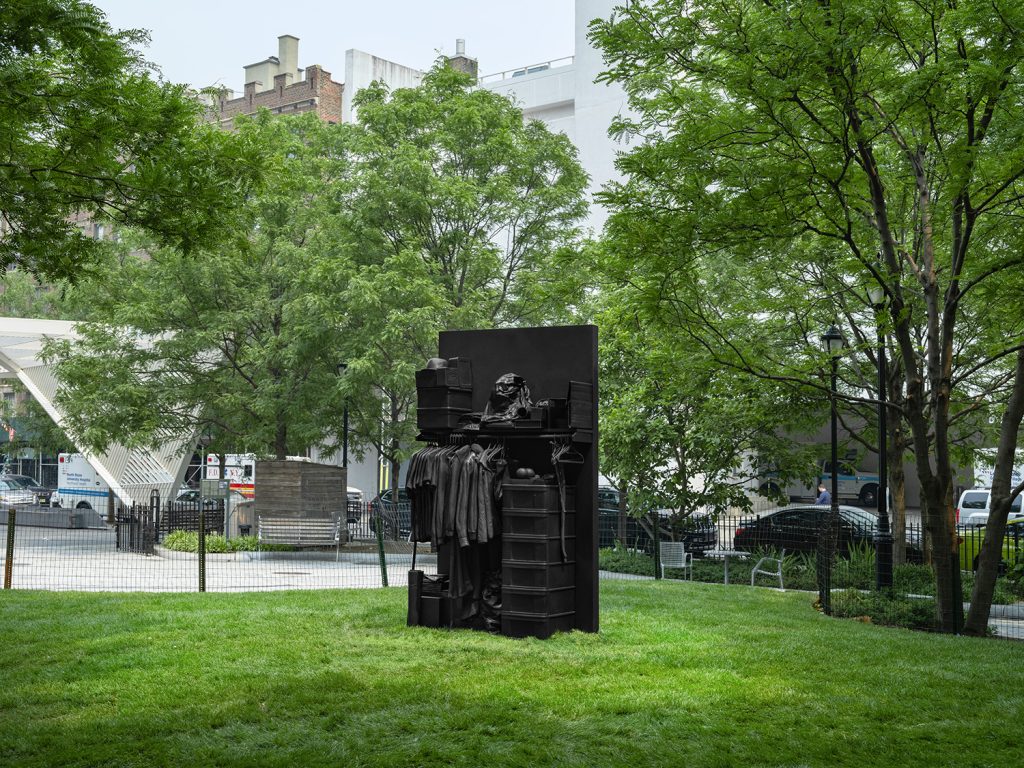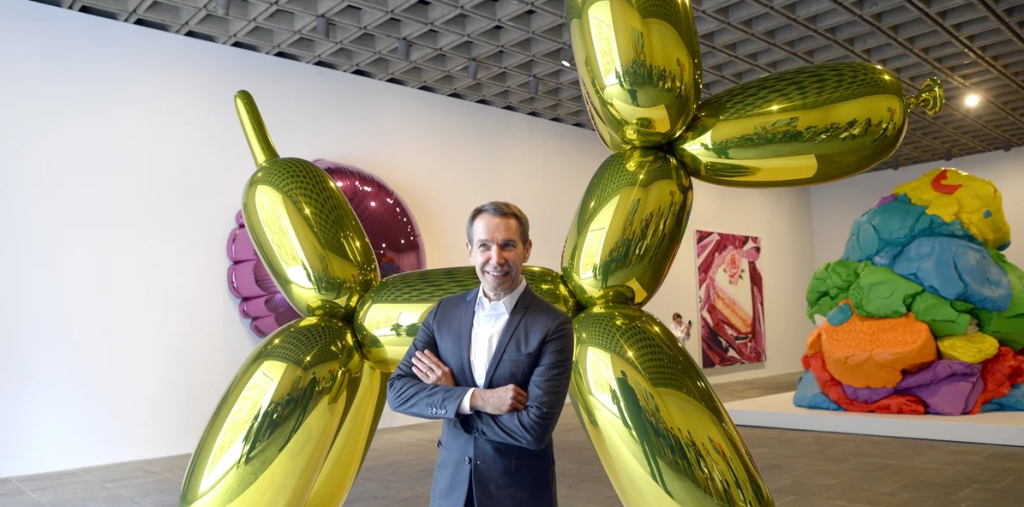The Art of Emotion: Exploring Taschen’s Masterpiece on Rodin
The art world has long celebrated Auguste Rodin as a master of emotion and expression, skillfully capturing the essence of the human experience through his sculptures. Taschen’s spectacular publication on Rodin presents a comprehensive look at the life and work of this iconic artist. By delving into this book, readers can gain a deeper appreciation of Rodin’s groundbreaking contributions to sculpture and the profound emotional depth that characterizes his work.
The Visionary Artist Behind the Sculptures
Auguste Rodin, often hailed as the father of modern sculpture, transformed the medium by introducing an emotional realism that had previously been absent. Born in 1840 in Paris, Rodin faced many early struggles, including rejection from the prestigious École des Beaux-Arts. However, he persevered and developed a style that broke free from traditional constraints, focusing on the depiction of movement and emotion. Taschen’s book explores Rodin’s journey, highlighting key moments and influences that shaped his artistic vision, from the raw intensity of “The Kiss” to the thoughtful tensions in “The Thinker.”
The Power of Emotion in Rodin’s Work
What sets Rodin apart is his ability to evoke intense emotions through stone and bronze. His sculptures are not mere representations; they are living expressions of human experience. The fluidity of his form and texture draws viewers in, allowing them to connect on a deeply personal level. Taschen’s volume intricately explores how Rodin’s innovative techniques—such as his approach to surface detail and the play of light—enhanced the emotional weight of his pieces. Each chapter invites readers to understand not just the technical aspects of his work but also the myriad feelings they can stir.
A Journey Through History and Influence
Taschen’s book does more than simply showcase Rodin’s masterpieces; it contextualizes his work within the broader history of art. The publication examines the impact of his contemporaries and successors, discussing how Rodin’s emotional explorations paved the way for 20th-century artists. It emphasizes the tension between beauty and rawness present in his work, suggesting that Rodin’s influence continues to resonate in modern art forms. This exploration provides readers with a richer understanding of how art evolves and the enduring nature of human emotion across time.
In conclusion, Taschen’s exploration of Rodin not only celebrates a remarkable artist but also invites readers to engage with the depth of human emotion encapsulated within his sculptures. Whether you’re an art aficionado or a curious newcomer, this book offers valuable insights into the transformative power of art. Dive deeper into Rodin’s world, and allow his timeless creations to inspire your own understanding of emotion in art.


